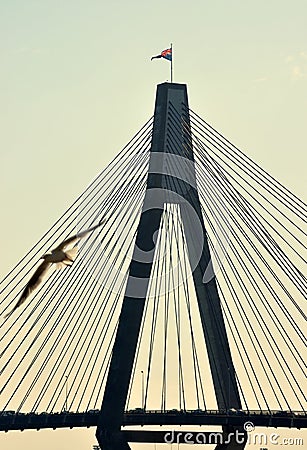Ok. So I thought I'd do a status check.
Since this blog is about keeping track of our journey into photography - with microstock photography being a key component - I thought I'd take..stock..of where I'm at.
The Facts: - Started microstocking in July 07
- First sale in August 07
- Submitted 20 to 60 photos across various microstock websites from July - November 07 (5 months)
- Thereafter, made no submissions till July 09 (1.5 year hiatus)
- Restarted submissions in July 09
- Currently submit to iStockPhoto, ShutterStock, Fotolia, 123rf, Dreamstime, BigStockPhoto
The Money: One of the reasons I got into microstock was that it was a way of making money out of something I like doing. Over time, I've come to realise, that probably more than the money itself - it is the knowing that someone likes my picture enough to *pay* for it, that gives me the biggest kick. The more they pay, the more they like. The more I like. :-)
Nonetheless, pure earnings are an important indicator for me - despite their seasonal fluctuations - and I hope to eventually reach $1,000 a month....though $100/month is a more achievable short-term goal. It will be difficult, no doubt - with more microstockers coming on board all the time, but nothing ever worth achieving was ever easy....as someone said.
So here are my earnings per month: July 07 - July 09

The Reflection:
As you can see, I started with a bang, but the earnings slowly dribbled. Despite the same number of photos being available, the earnings reduced fairly significantly. I attribute these to three things:
- Search algorithms. I've come to think that microstock website search algorithms are somewhat biased towards newer photos (e.g. ShutterStock), or photos of people who are active contributors (e.g. Dreamstime).
- Lack of Submissions. Carrying on from above, I am sure my 1.5 year hiatus detrimentally affected my earnings. It is not a necessity however - Lee Torrens over at MicrostockDiaries is yet to see that problem after 7 months of non-submission.
- Increased Competition. More and more people are entering the microstock world - and not only amateur photographers, but professionals as well (us microstockers are putting them out of business). More people, more photos, more competition. (luckily though, buyers are increasing as well).
Hopefully, now that I am submitting once more, that line should start going upwards a little.
As for the spike that earnt me $50+ in one month, that was an extended license sale over at LuckyOliver, which has since shut up shop. I'm still working on replicating those types of sales...
.jpg)

+(Custom).jpg)
+(Custom).jpg)
+(Custom).jpg)




